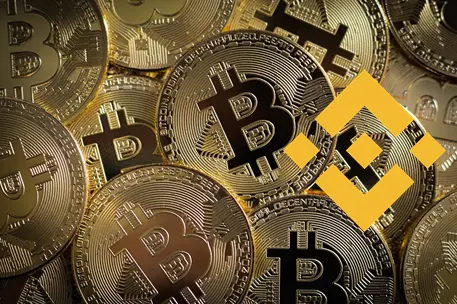Binance takes measures to prevent future occurrences and enable BTC Lightning Network withdrawals.
Binance, one of the world’s largest cryptocurrency exchanges, has resumed bitcoin (BTC) withdrawals after a second pause due to unprecedented congestion on the Bitcoin network. The first pause lasted for around two hours on Sunday afternoon U.S. time, and the second pause occurred on Sunday evening U.S. time, lasting just over two hours.
Unprecedented Network Congestion
The number of unconfirmed transactions reached a record high of nearly 500,000, prompting Binance to halt withdrawals temporarily. According to reports, this congestion was caused by a combination of factors, including increased usage of the Bitcoin network and the ongoing energy crisis in China, where many Bitcoin mining facilities are located.
Measures Taken by Binance
In response to the issue, Binance has adjusted its fees to prevent similar occurrences in the future. “To prevent a similar recurrence in the future, our fees have been adjusted. We will continue to monitor on-chain activity and adjust accordingly if needed,” Binance said in a tweet. The exchange is also working on enabling BTC Lightning Network withdrawals, which could help alleviate congestion issues.
BTC Lightning Network Withdrawals
The Lightning Network is a Layer 2 protocol built on top of the Bitcoin network that enables faster and cheaper transactions by processing them off-chain. By enabling Lightning Network withdrawals, Binance would be able to reduce the load on the Bitcoin network, thus reducing the risk of congestion and transaction delays.
Impact on Bitcoin Price and Binance Trading Volume
Despite Binance’s efforts, the price of bitcoin continues to drift downward, currently sitting at $28,240, down 2.6% in the last 24 hours. CoinGecko data shows that Binance has also seen a significant slide in its position for bitcoin trading volume and is no longer in the top 10 exchanges for bitcoin trading pairs.
Conclusion
The situation on the Bitcoin network is a reminder of the ongoing challenges faced by cryptocurrencies, and the need for continued innovation and development to address these issues. Binance’s response highlights the importance of monitoring on-chain activity and making necessary adjustments to fees and infrastructure to ensure smooth operations for users. The enabling of BTC Lightning Network withdrawals could be a significant step in this direction.
Disclaimer
The information presented in this Blogpost is solely for educational and informative purposes and should not be misconstrued as investment, financial or legal advice. Cryptocurrencies are a highly unstable and speculative market and their worth is susceptible to substantial fluctuations. Therefore, it is advisable to conduct personal research and seek counsel from qualified experts before making any financial decisions.


